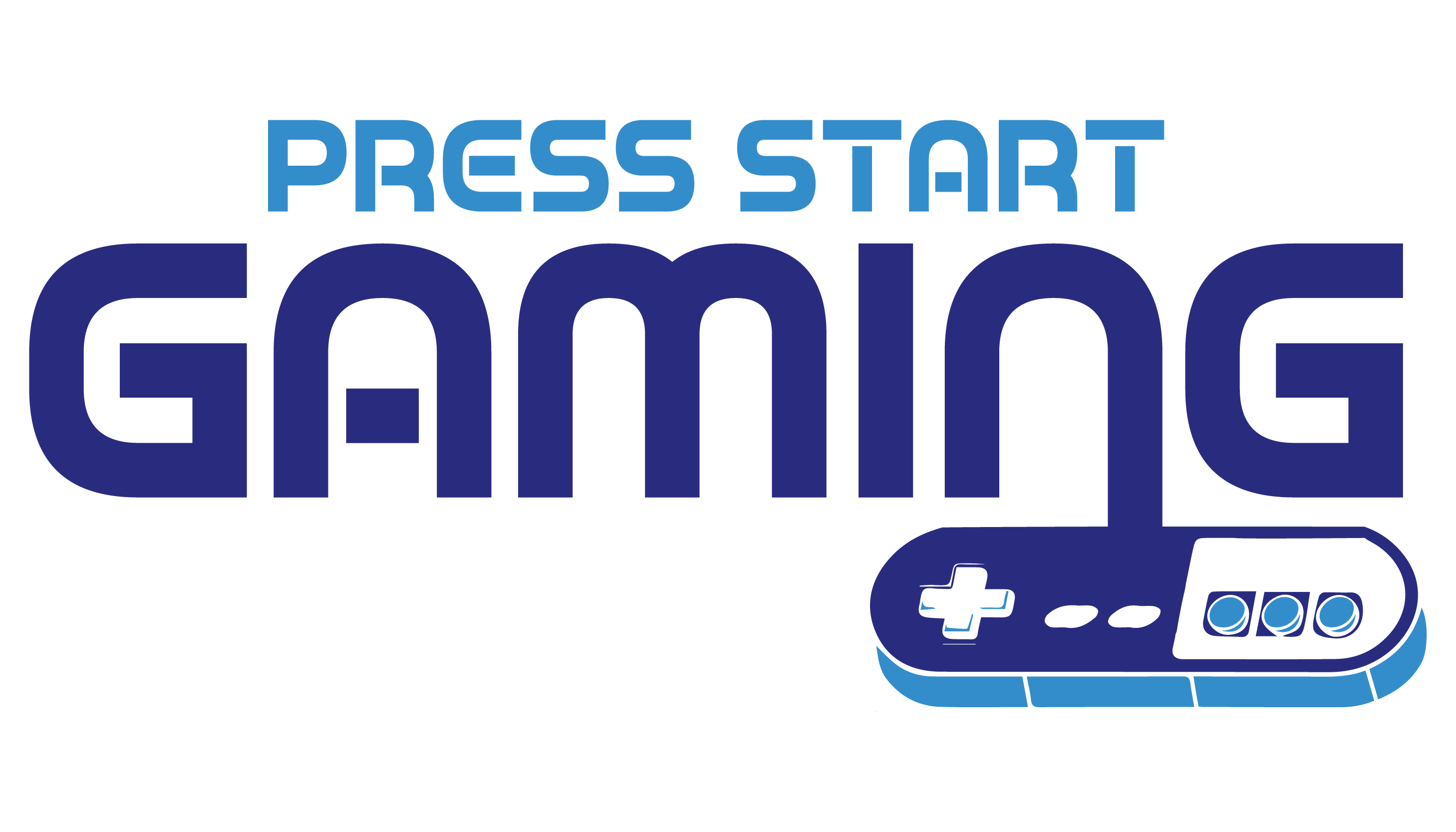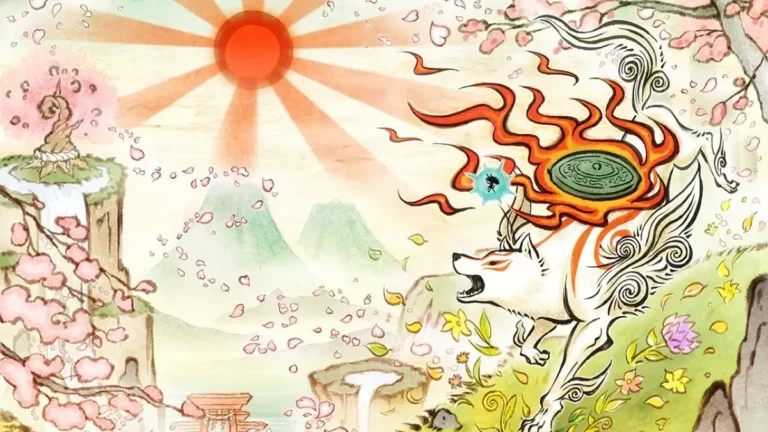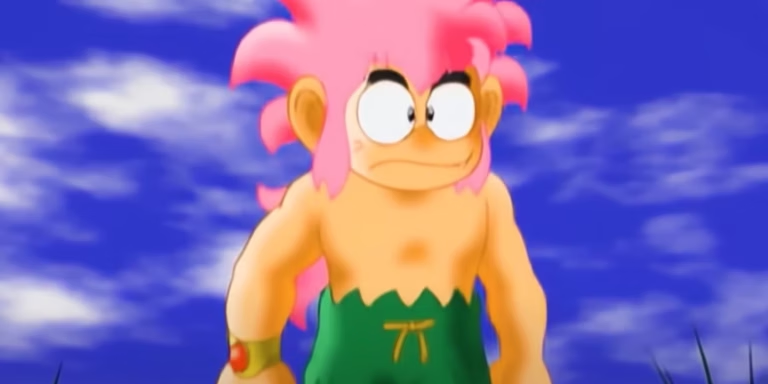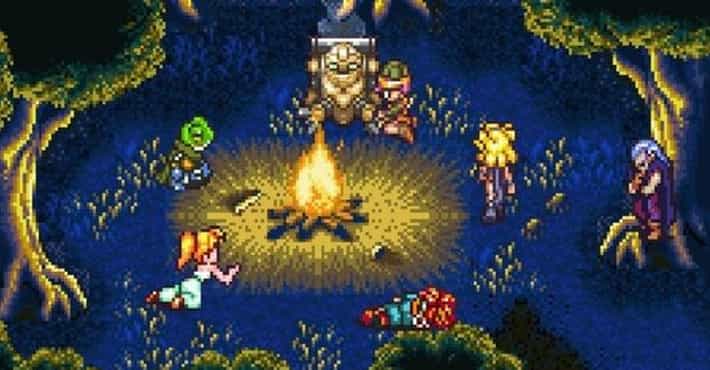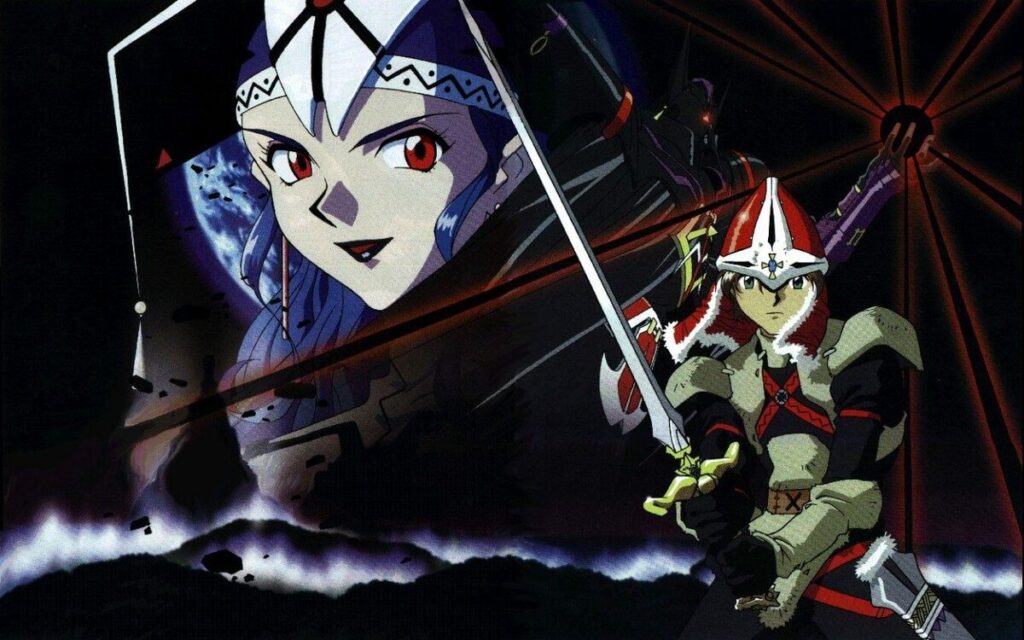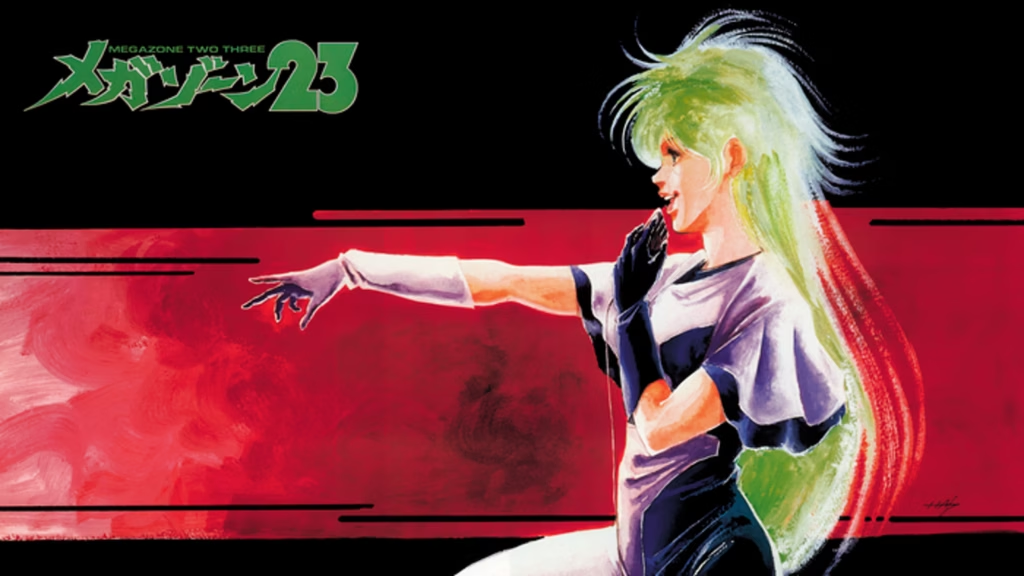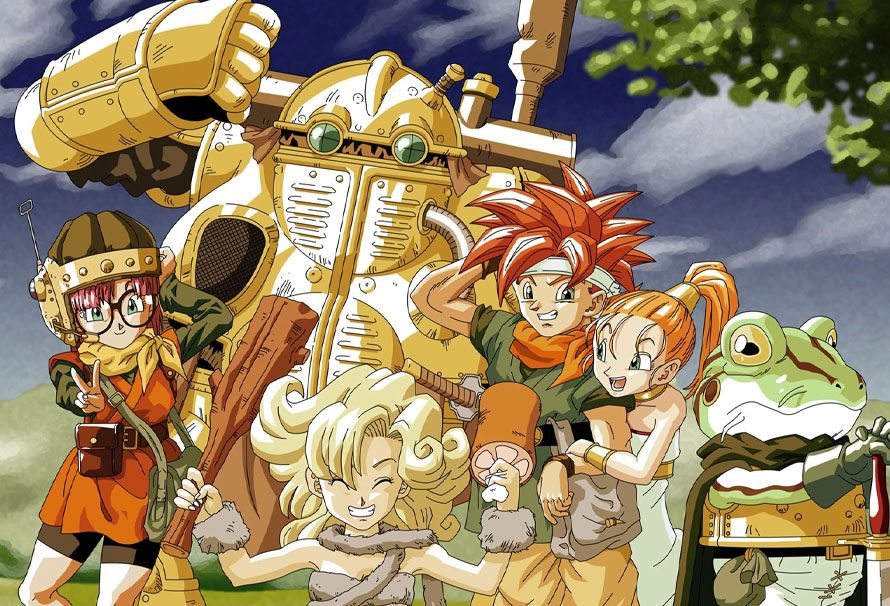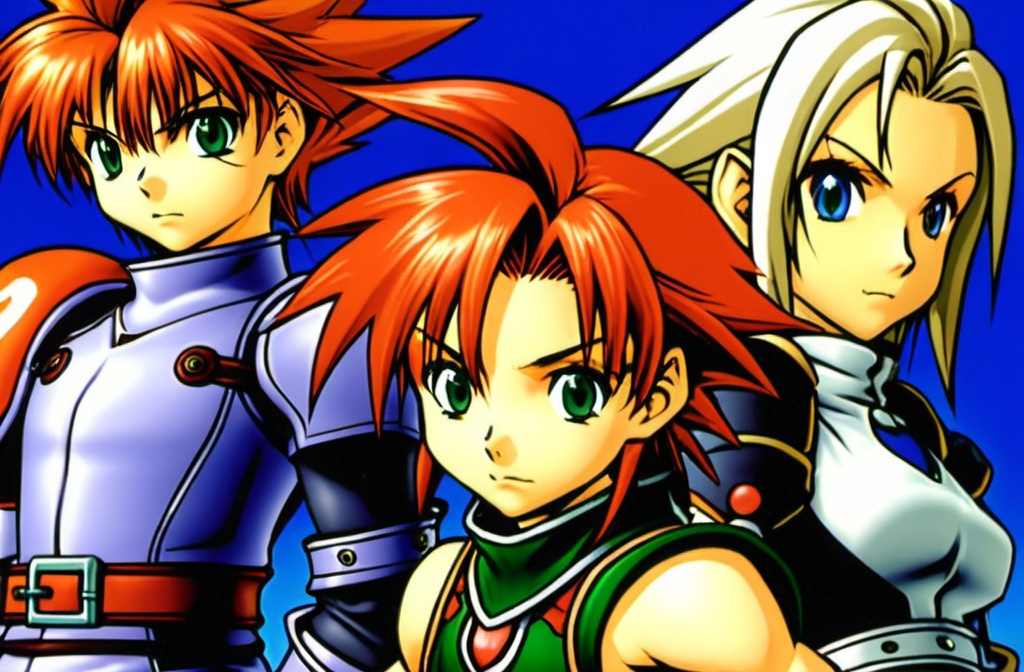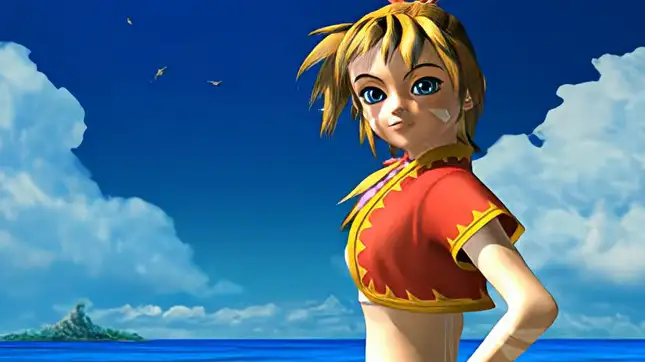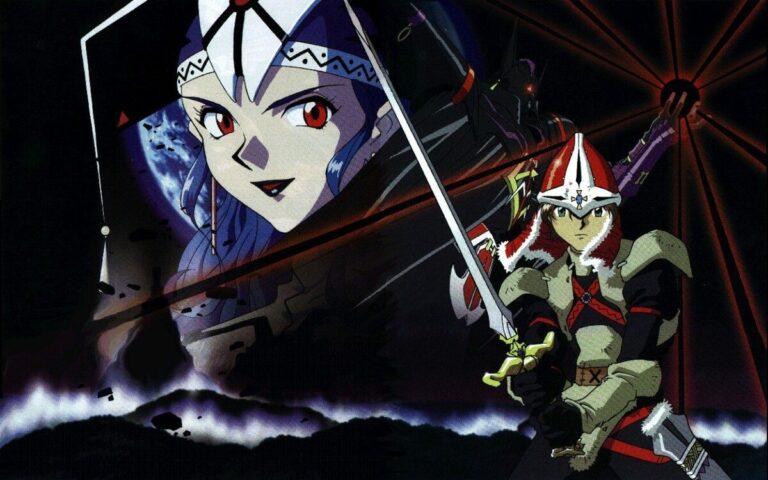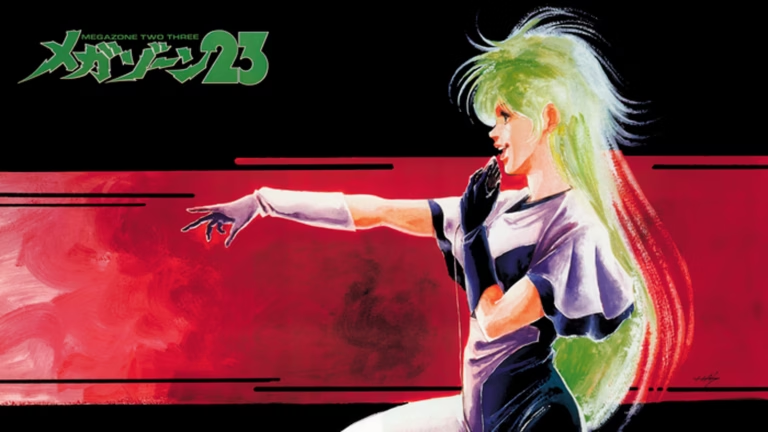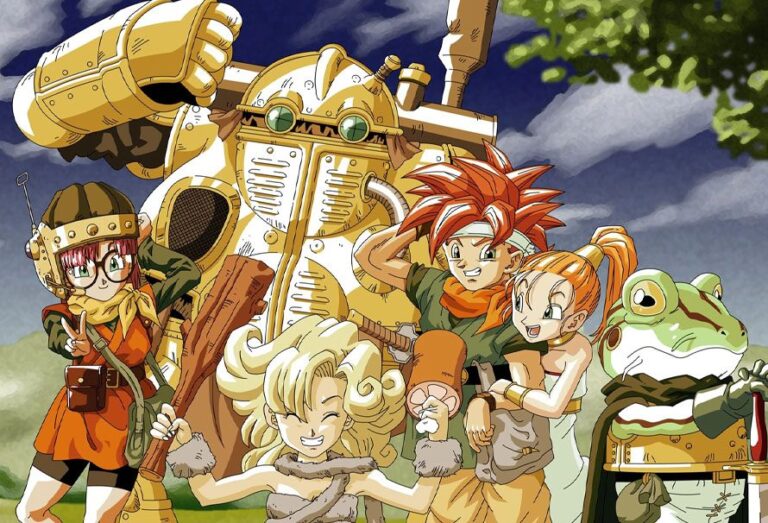The Super Nintendo Entertainment System (SNES) remains a beloved console, with its library of games fondly remembered by fans worldwide. Among its myriad offerings, the JRPG genre stands out as particularly impactful, leaving a lasting impression on both the medium and its enthusiasts. The SNES era was a golden age for JRPGs, with developers pushing the boundaries of storytelling, gameplay mechanics, and visual artistry. In this article, we’ll explore seven JRPGs that not only dominated the SNES but also helped shape the future of role-playing games.
Chrono Trigger
Platform | Super Nintendo Entertainment System |
|---|---|
Publisher | Square |
Genre | JRPG |
Release Date | 03/11/1995 |
“Chrono Trigger” is often hailed as one of the quintessential JRPGs of all time. Developed by Square (now Square Enix) and released in 1995, this game brought together an all-star team of designers, including “Final Fantasy” creator Hironobu Sakaguchi, “Dragon Quest” creator Yuji Horii, and renowned artist Akira Toriyama.
At its core, “Chrono Trigger” is an epic tale of time travel, where players control a group of adventurers attempting to prevent a global catastrophe. One of the game’s standout features is its intricate narrative, which allows players to journey through multiple eras, each beautifully rendered with the SNES’s capabilities. The game employs a unique Active Time Battle system, which adds a layer of strategy to combat, requiring players to thoughtfully manage their actions in real-time.
“Chrono Trigger” is celebrated not only for its engaging gameplay but also for its innovation in storytelling, with multiple endings and choices that impact the game’s conclusion, offering a level of replayability that was revolutionary for its time. Its meticulously crafted world, memorable characters, and emotive music composed by Yasunori Mitsuda and Nobuo Uematsu make it a timeless masterpiece.
Final Fantasy VI
Platform | SNES, PlayStation, PC, Nintendo Switch, Mobile |
|---|---|
Publisher | Square Enix |
Genre | Turn-Based RPG |
Release Date | 04/02/1994 |
“Final Fantasy VI,” originally released in North America as “Final Fantasy III,” is another landmark title from Square. Launched in 1994, this game expanded the scope of storytelling and character development within the JRPG genre. It features an ensemble cast of characters, each with their own backstory and motivations, which intertwine to create a rich narrative tapestry.
Set in a world blending magic and steampunk aesthetics, “Final Fantasy VI” follows the struggle against an evil empire led by the despotic Kefka Palazzo, whose maniacal quest for power threatens to destroy the world. The game is renowned for its compelling storylines, with themes of rebellion, redemption, and hope, all told through the lens of its diverse characters.
“Final Fantasy VI” also introduced numerous innovations, such as the ability for players to equip magicite, allowing characters to learn spells and summon powerful creatures known as Espers. Its robust combat system, complemented by an unforgettable soundtrack composed by Nobuo Uematsu, cements its legacy as a pivotal entry in the series and the JRPG genre.
EarthBound
Platform | SNES, Wii U, Nintendo 3DS, Nintendo Switch |
|---|---|
Publisher | Nintendo |
Genre | Turn-Based RPG |
Release Date | 06/05/1995 |
“EarthBound,” known as “Mother 2” in Japan, offers a unique take on the JRPG formula. Released by Nintendo in 1995, the game eschews traditional fantasy settings in favor of a quirky, contemporary world filled with humor and charm. Players follow Ness and his friends as they embark on a journey to save the world from the alien menace, Giygas.
“EarthBound” stands out for its unconventional approach to storytelling and gameplay. It features a modern-day setting, complete with towns, shopping malls, and arcades, which was a departure from the fantasy worlds typical of the genre. The game’s turn-based combat system includes innovative mechanics such as the rolling HP meter, adding a strategic layer to battles.
The game is also notable for its satirical tone and humorous dialogue, which poke fun at both American pop culture and JRPG tropes. Despite its initial lukewarm reception in North America, “EarthBound” has since gained a cult following, celebrated for its endearing characters, whimsical art style, and inventive soundtrack by Keiichi Suzuki and Hirokazu Tanaka.
Secret of Mana
Platform | Super Nintendo Entertainment System (SNES) |
|---|---|
Publisher | Square |
Genre | Action RPG |
Release Date | 08/06/1993 |
Released by Square in 1993, “Secret of Mana” is a groundbreaking action RPG that captivated players with its real-time combat and cooperative multiplayer gameplay. The game tells the story of a young hero who must restore balance to the world by reenergizing the mystical Mana Tree.
“Secret of Mana” is distinguished by its seamless blend of action and role-playing elements. Unlike traditional turn-based systems, players engage in real-time battles, wielding a variety of weapons and magical spells. The game also features a unique ring command system, allowing players to access menus without pausing the action, adding fluidity to the gameplay.
A notable aspect of “Secret of Mana” is its cooperative multiplayer mode, which enables up to three players to join the adventure simultaneously. This feature was innovative at the time and contributed to the game’s appeal, offering a shared gaming experience. The vibrant visuals and Hiroki Kikuta’s enchanting soundtrack further enhance the game’s magical atmosphere.
Super Mario RPG: Legend of the Seven Stars
Platform | Super Nintendo Entertainment System |
|---|---|
Publisher | Nintendo |
Genre | JRPG |
Release Date | 03/09/1996 |
Developed by Square in collaboration with Nintendo, “Super Mario RPG: Legend of the Seven Stars” marked Mario’s first foray into the RPG genre. Released in 1996, this game combines the charm of the Mario universe with the depth of a role-playing game, resulting in a delightful experience for fans of both franchises.
The game follows Mario and his companions as they battle to retrieve the seven stars and repair the Star Road, thwarting the plans of the villainous Smithy. The game is praised for its engaging turn-based battle system, which incorporates timed button presses for additional damage or defense, adding an interactive element to combat.
“Super Mario RPG” is also celebrated for its humor, colorful 3D-rendered graphics, and memorable characters, including the fan-favorite Geno and Mallow. The collaboration between Square and Nintendo resulted in a game that successfully blends the platforming elements of Mario with the narrative depth of an RPG, creating a beloved classic.
Lufia II: Rise of the Sinistrals
Platform | Super Nintendo Entertainment System |
|---|---|
Publisher | Natsume |
Genre | JRPG |
Release Date | 08/31/1995 |
“Lufia II: Rise of the Sinistrals,” developed by Neverland and released in 1996, is often regarded as one of the best-kept secrets of the SNES era. This prequel to the original “Lufia & the Fortress of Doom” offers an intriguing mix of puzzle-solving, dungeon exploration, and traditional turn-based combat.
Set in a fantasy world threatened by the malevolent Sinistrals, “Lufia II” follows the hero Maxim and his companions on their quest to save humanity. The game is notable for its intricate dungeon designs, which incorporate challenging puzzles that require critical thinking and strategy to overcome. This focus on puzzle-solving sets it apart from other JRPGs of the time.
The game also features a deep combat system with a variety of spells and abilities, as well as the innovative Capsule Monster system, which allows players to raise and evolve creatures to aid in battle. With its engaging narrative, polished mechanics, and stirring soundtrack by Yasunori Shiono, “Lufia II” has earned a dedicated fan base.
Tales of Phantasia
Platform | Super Famicom |
|---|---|
Publisher | Namco |
Genre | JRPG |
Release Date | 12/15/1995 |
“Tales of Phantasia,” developed by Wolf Team and released by Namco in 1995, is the inaugural entry in the “Tales” series, which has since become a cornerstone of the JRPG genre. The game is renowned for its ambitious scope, introducing real-time combat and voice acting, which were groundbreaking features at the time.
The story follows Cress Albane and his companions as they travel through time to defeat the dark sorcerer Dhaos. “Tales of Phantasia” is celebrated for its Linear Motion Battle System, which allows players to move freely during combat, offering a dynamic and fast-paced alternative to traditional turn-based battles.
The game’s lush visuals, courtesy of detailed sprite work and vibrant backgrounds, showcase the SNES’s graphical capabilities. Additionally, its fully voiced song, “Yume wa Owaranai,” and the evocative soundtrack composed by Motoi Sakuraba and Shinji Tamura, contribute to its rich audiovisual experience. “Tales of Phantasia” laid the foundation for a series that continues to innovate and captivate players today.
In conclusion, the SNES era was a defining period for JRPGs, with developers crafting games that pushed the boundaries of storytelling, gameplay, and artistic expression. Each of these seven titles not only dominated the console but also left a profound impact on the genre, influencing countless games that followed. Their legacies endure, continuing to inspire new generations of gamers and game creators alike.
